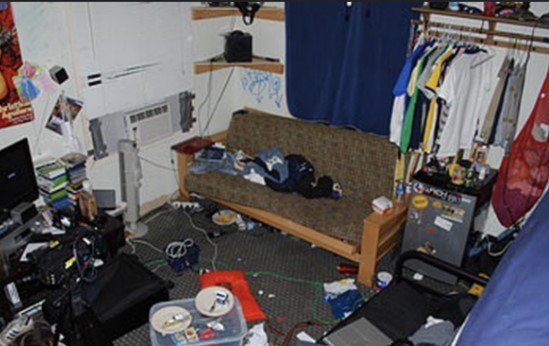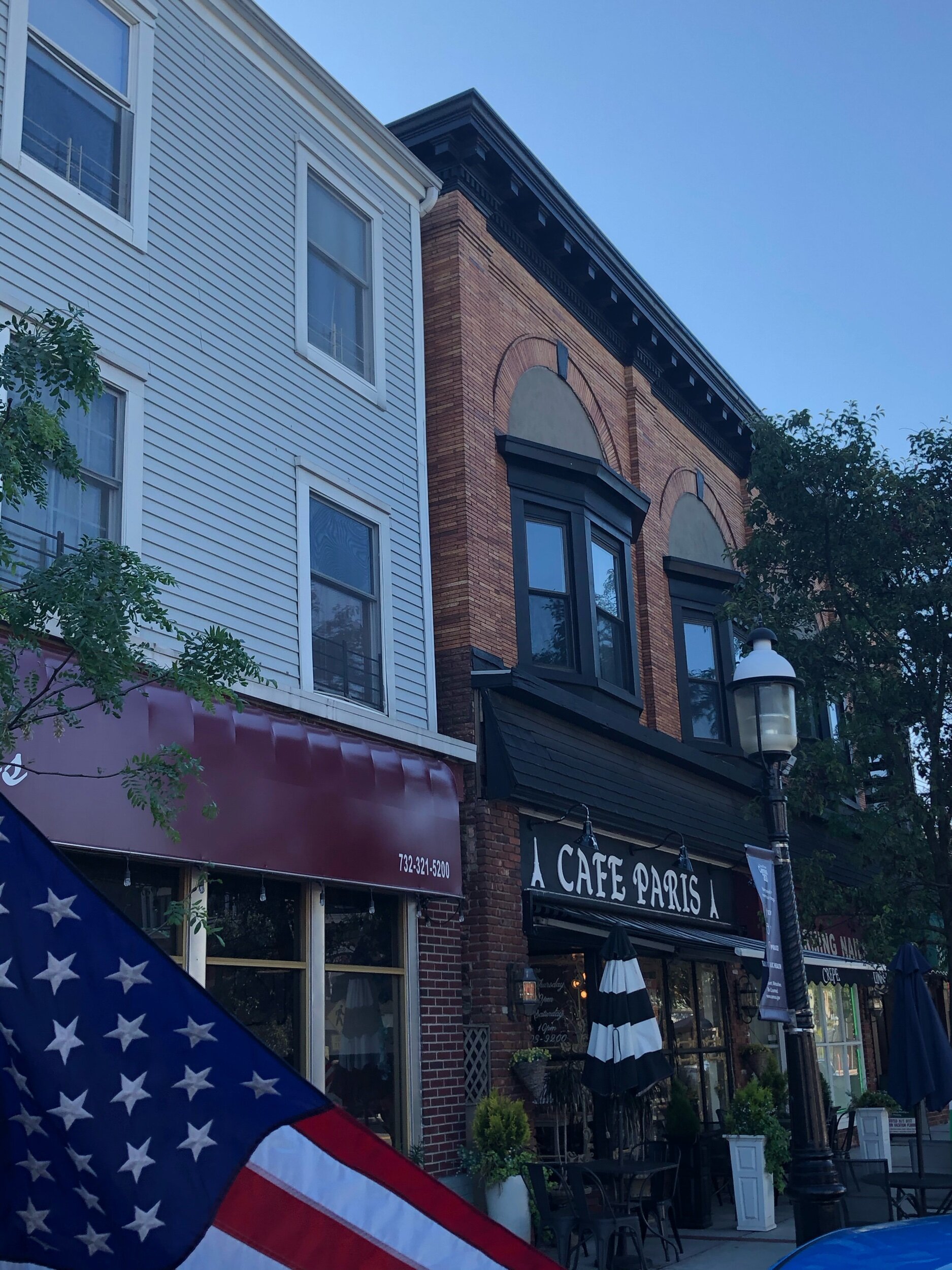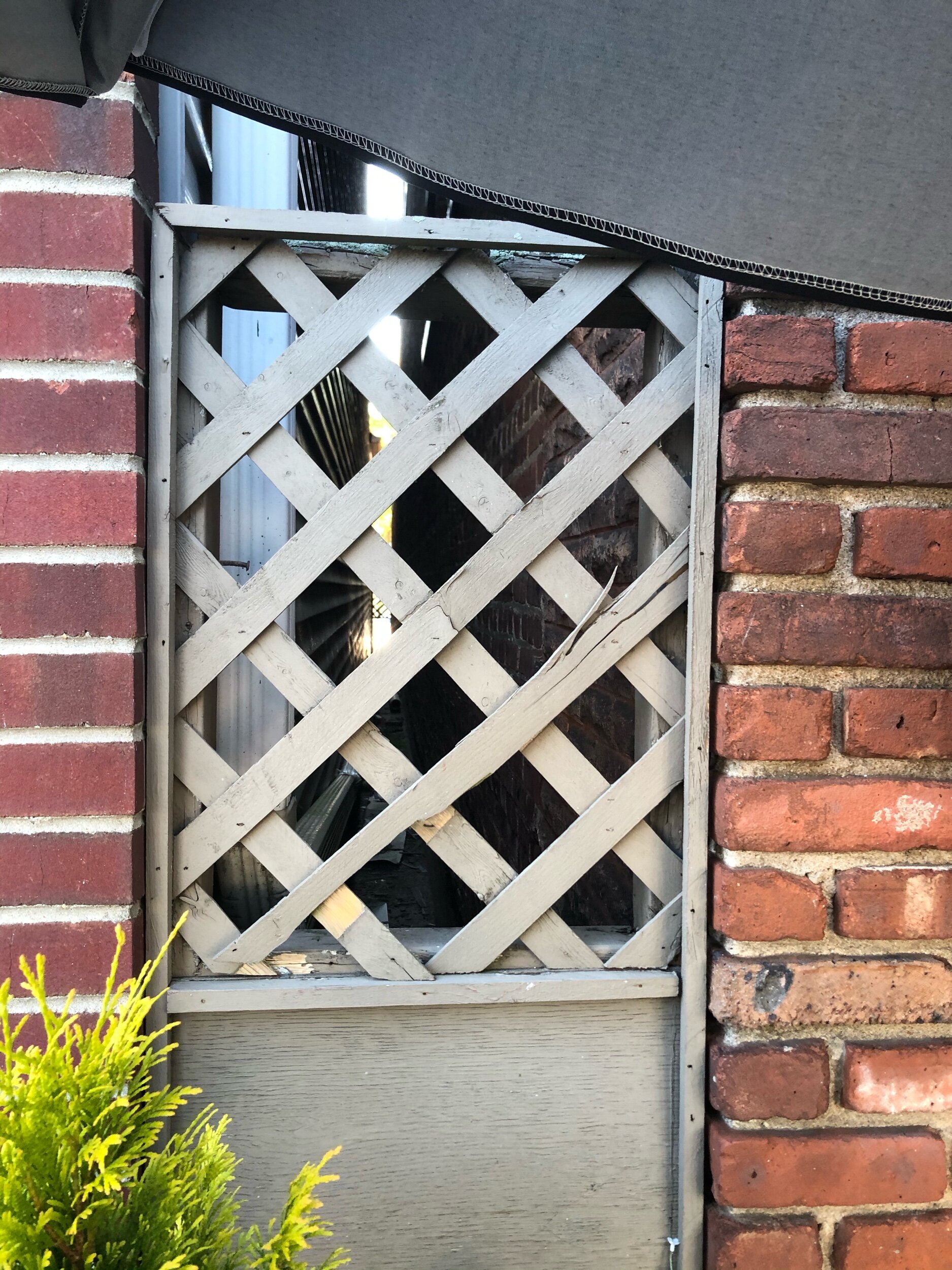Dangers of College Rental Properties
Having a college in your response area can be a source of frustration and try one’s patience. For many new college students this is their first time living on their own and fending for themselves. This often brings an increase in nuisance alarms, medical calls following the first big campus party and a host of other calls for service. However, as trying as it may be, it is important not to become complacent. In a study published by the U.S. Fire Administration it was found 94% of fatal campus fires took place in off-campus housing. This is an alarming statistic we should be aware of. As the cost for college continues to increase more and more students will look to live off campus to save money. Knowing the common dangers found in off campus housing and the tactical considerations to take when responding to emergencies at these locations is critical for any department that has a college in their response area.
Typically, off campus housing owned by the college are required by either local or state building codes to have a higher level of fire protection. This is also true for privately owned rentals that are either listed as college rentals or multiple dwellings. The most dangerous of the off-campus housing are the privately owned rentals that “fly under the radar” of local building departments. The legality of these occupancies varies based on the authority having jurisdiction as well as local and state building codes. These rental properties are usually close to campus and were once privately owned single-family homes. Due to this, these occupancies are rented as a single-family rental. The rental agreement is signed by one individual, but in reality, a group of individuals live in this rental and share the cost. Yet, as far as any documentation shows it is a single person renting a single-family home. This is how these occupancies “fly under the radar” and are not required to have the same level of fire protection as would an occupancy listed as a multiple dwelling.
The traditional ways one can identify a multiple dwelling from the exterior does not hold true in identifying these off-campus houses. These are often single-family homes and are kept to look that way from the outside. They have one meter as opposed to multiple meters, which ordinarily could have been used to determine how many apartments maybe present. The amount of cars present could signify how many people live at the location. However, because these occupancies were once single-family homes there often is not the space to park more than two vehicles. The number of vehicles may also be limited per the rental agreement, street parking regulations or just the simple fact that many college students do not have their own car. The photo below is of a college rental that on paper is a single-family rental. In 2021 it had 15 college students living in it.
On the inside of these residences the layout may remain similar to its original design or be completely changed to accommodate more individuals. One of these common changes is making living spaces that would normally be a dining room or sitting area into bedrooms. This might be done by placing temporary wall partitions or like in the photo below, simply hanging a large curtain. This is important to note because at 2am bypassing the dining room to head directly to the second floor to search bedrooms might have you passing a bedroom.
Bedrooms or rooms with doors tend to be created into single room occupancies (SROs). Each SRO will have an individual lock and could house multiple renters in a tight space. Often, each of these doors will have a hasp on the interior and exterior of the door and a padlock is used. When a renter leaves, they place the lock on the outside, when they are home, they can place it on the interior hasp. Land lords do it this way for cost saving reasons as well as to make it easy on the land lord when renters change. In the middle of the night during an emergency it is going to be very difficult for occupants to find a key and then open the door increasing the likelihood of trapped victims. Crews should also consider taking the appropriate forcible entry tools because doors in most home that would be unlocked will need to be forced in these occupancies.
In this particular building the front door had a keyed lock on the inside which if engaged could inhibit occupant egress. The occupant’s ability to evacuate is a major issue in these rentals. Looking back at the exterior photo of the building the third floor has no second means of egress leaving only a very narrow interior staircase to get up and down. This staircase is also challenging for crews to ascend to complete searches or get a hose line in place.
Common areas are often overloaded with furniture in what many would consider abnormal configurations. Clutter is also a major issue. Packing so many people into small spaces it is almost impossible to avoid. Below are a few examples of conditions found in these rentals. In the first you can see a living room packed with couches. During the week they are pushed together to allow for easier travel between rooms, but over the weekends and at night they are spread out and block entrances in and out of different rooms to allow people to congregate and sit. The next photo shows a bedroom that has not only a bed, but a couch coffee table and dresser all packed into the room. This is a common setup in these bedrooms.
The third picture is of one of the SRO bedrooms. As you can see it is packed with stuff. Another thing to note is the amount of electronics plugged in. Here we see an AC unit, mini fridge, TV, and fan. Multiple this by however many bedrooms there are, and we have a huge electrical hazard. Many of these rental properties are older homes and do not have updated electrical systems or service this is something to keep in mind when going on investigations in these types of properties. Areas like kitchens and bathrooms generally remain unchanged and are shared amongst the renters, but again can be cluttered and unkept. All of which makes searching and advancing handlines more difficult.
Another thing to note is within these rentals there is usually a locked area which is the landlord’s space that the renters do not have access to. Typically, this is the basement or utility rooms. This allows the landlord to have storage space as well as keeps tenants from being able to access the buildings utilities. This being said, gaining access to the building’s utilities may not be easy and interior doors leading to the basement, attic or utility rooms may be locked and have a higher level of security than one would expect. Taking all of this into account is important when responding to incidents at these occupancies. Being aware of the obstacles one might encounter on the interior not only increases firefighter safety, but more importantly civilian survivability. Knowing you will encounter multiple locked interior doors, atypical layouts and high life hazards are all important in making tactical fireground considerations.
William Morrissey has 14 years of fire service experience and is a career firefighter with the Arlington Fire District (NY). He began his career as a volunteer with the Washingtonville (NY) Fire Department. Morrissey is NY State Fire Instructor and New York State certified code enforcement official and has a bachelors is psychology.






















